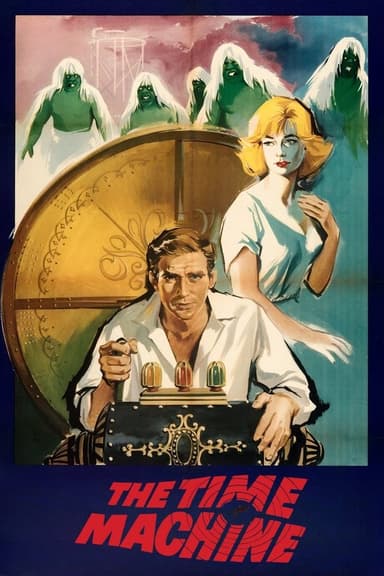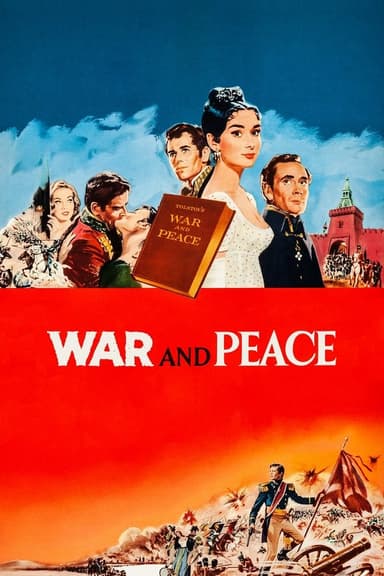
A Summer Place
1959 • Drama, Romance • NR
A self-made businessman rekindles a romance with a former flame while their two teenage children begin a romance of their own with drastic consequences for both couples.
Runtime: 2h 10m
Why you should read the novel
If you're captivated by the movie A Summer Place (1959), delve deeper into its rich narrative by reading Sloan Wilson’s original novel. The book immerses readers in complex emotions and social commentaries that the film only touches upon. Sloan Wilson masterfully explores the depths of family dynamics, forbidden love, and the era's stifling societal norms, offering an intimate literary experience that surpasses the silver screen adaptation.
Adaptation differences
When comparing Sloan Wilson’s A Summer Place novel to the 1959 film adaptation, many key differences emerge that enrich the literary experience. The book delves far more deeply into the psychological motivations and emotional complexities of its principal characters, providing readers with a profound understanding of their inner conflicts and desires. The movie, adapted for mainstream 1950s audiences, simplifies several narrative threads to fit censorship norms and runtime limitations.
In the novel, social criticism and class distinctions are explored in greater depth, exposing the underlying tensions and hypocrisies of the era that are only briefly touched upon in the movie. Wilson’s original story also offers a more nuanced depiction of romance and sexuality, capturing the subtle power struggles and vulnerabilities that often get lost in cinematic translation. The book's pacing allows for a gradual development of character relationships, contrasting sharply with the film's brisk narrative progression.
Another major difference lies in the portrayal of the supporting characters. While the movie focuses largely on the central young couple and their parents, the book provides richer backstories and a more intricate web of interpersonal connections, giving readers a fuller picture of the consequences of personal choices. Furthermore, the ending of the novel presents a more realistic and ambiguous resolution, challenging readers with moral complexities that Hollywood-style conclusions tend to avoid.
Ultimately, reading A Summer Place by Sloan Wilson offers a more immersive and thought-provoking experience than watching the film. The novel’s detailed exploration of societal change, personal turmoil, and forbidden love invites readers to reflect on the nuances of human relationships beyond what the movie conveys. Choosing the book allows you to appreciate the depth and authenticity that made Sloan Wilson’s story a classic in American literature.
A Summer Place inspired from
A Summer Place
by Sloan Wilson










